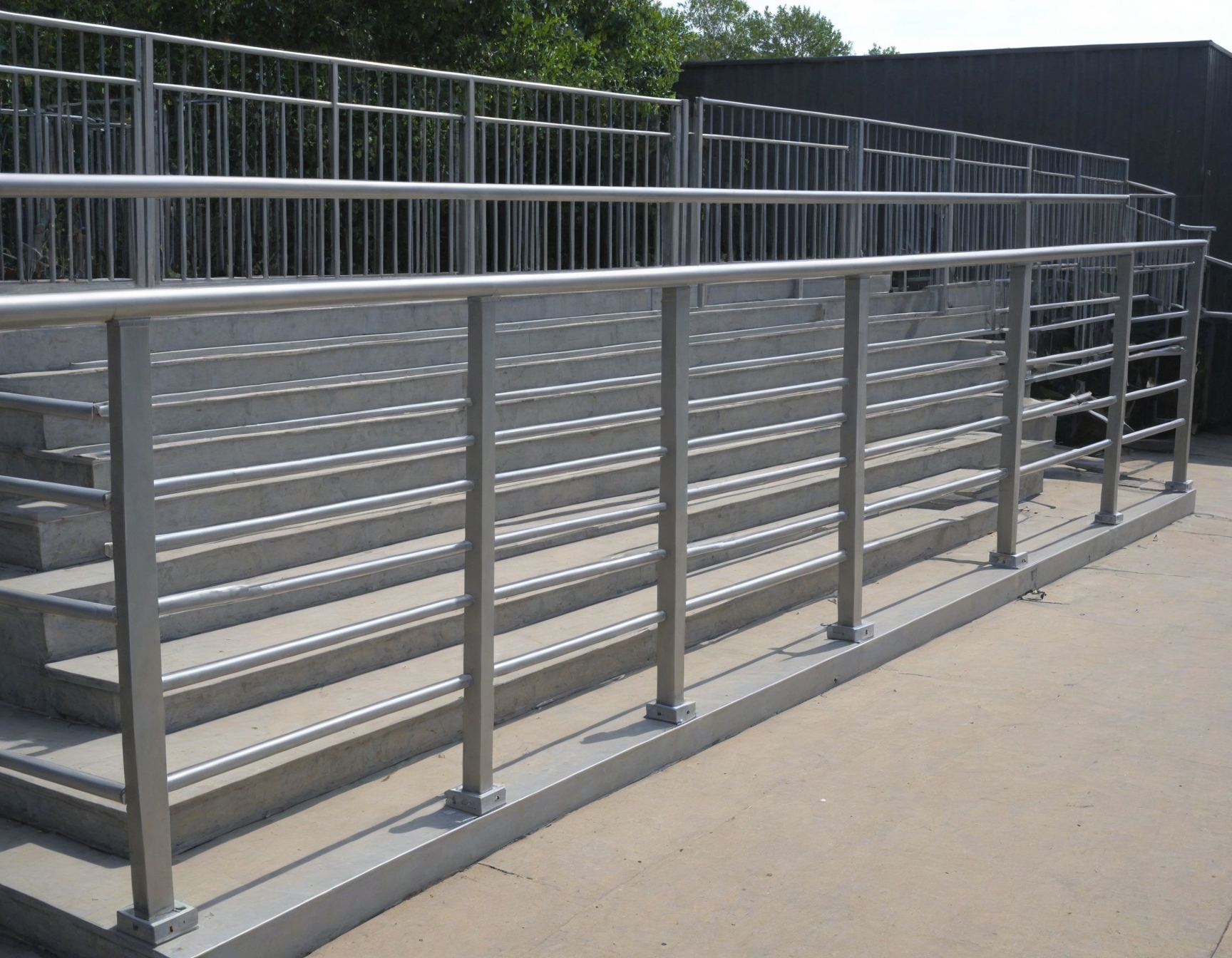Handrail Fabrication Safety: Best Practices for Workshop and On-Site Production
Blog | July 26th, 2024
Discover best practices for handrail fabrication safety in workshops and on-site production in Australia. Learn with McKean’s Sheetmetal Fabricators.
Handrail fabrication, whether conducted in workshops or on-site, requires a steadfast commitment to safety practices. The process involves working with various materials, tools, and machinery, each presenting unique hazards that must be carefully managed.
Implementing comprehensive safety protocols is crucial not only for protecting workers but also for ensuring the quality and reliability of the finished product. This article explores the best practices for maintaining a safe environment during handrail fabrication, addressing both workshop procedures and the challenges of on-site production.
Conducting Risk Assessments
Before commencing any handrail fabrication project, it’s essential to conduct a thorough risk assessment. This involves identifying potential hazards, evaluating the risks associated with each hazard, and implementing appropriate control measures to mitigate those risks. By proactively addressing safety concerns, you can create a safer working environment and minimise the likelihood of accidents or injuries.
Providing Appropriate PPE
Personal Protective Equipment (PPE) is a crucial aspect of handrail fabrication safety. Welders and other workers involved in the fabrication process must wear the appropriate PPE at all times, including long-sleeved shirts, long pants, welding helmets or goggles, respirators, ear protection, boots, and gloves. Ensuring that workers have access to high-quality PPE and are trained in its proper use can significantly reduce the risk of injuries.
Maintaining a Safe Work Environment
Keeping the work environment clean, organised, and free from potential hazards is crucial for handrail fabrication safety. This includes:
• Designating a safe location for welding activities, away from flammable materials
• Providing proper ventilation to remove air contaminants and prevent the accumulation of harmful gases or vapours
• Ensuring that walkways, ladders, and stairways are clear of welding cables and other equipment
• Regularly inspecting and maintaining tools and equipment to prevent malfunctions or breakdowns
By maintaining a safe work environment, you can minimise the risk of accidents and create a more efficient and productive workplace.
Implementing Effective Communication
Clear and effective communication is essential for handrail fabrication safety. This includes:
• Providing comprehensive training to workers on safety protocols and best practices
• Conducting regular toolbox talks to discuss health and safety issues and reinforce safety messages
• Encouraging workers to report any unsafe conditions or practices immediately
• Ensuring that all workers understand their roles and responsibilities in maintaining a safe work environment
By fostering a culture of open communication and accountability, you can create a safer and more collaborative work environment.
Adhering to Industry Standards and Regulations
Handrail fabrication is subject to various industry standards and regulations, such as those set forth by the Occupational Safety and Health Administration (OSHA) in the United States. In Australia, the relevant standards and regulations may vary depending on the state or territory. It’s crucial to stay up-to-date with the latest safety requirements and ensure that your fabrication processes comply with all applicable laws and regulations.
Choose McKean’s Sheetmetal Fabricators
At McKean’s Sheetmetal Fabricators, safety in handrail fabrication is not just a priority – it’s a core value that underpins everything we do. By implementing comprehensive safety measures in both our workshop and on-site productions, we ensure the well-being of our team and the quality of our products.
Optimized by NetwizardSEO.com.au
